When he was elected Labour leader on 12 September 2015 opinion was uniquely divided as to what impact Jeremy Corbyn would have on his party. Critics looked to his far-left politics and predicted disaster, believing Corbyn would repel millions of former Labour voters who had just re-elected a Conservative government committed to austerity; supporters believed his principled socialism would in contrast save the party by mobilising those alienated by Labour’s reluctant embrace of austerity.
As he prepares to step down a settled consensus has yet to emerge about the Corbyn years. It is likely one never will. For both sides of the argument can point to evidence that suggests Corbyn’s leadership both repelled and attracted, that he was at once a failure and success.
This is because even the bare facts of Corbyn’s leadership are contradictory. Corbyn led Labour into two general elections, the first of which in 2017 saw his party’s vote share rise from 30.4 per cent in 2015 to 40 per cent. This result was seen by supporters as vindicating his radical leadership. Critics however claimed it was more a reflection of Theresa May’s incompetent campaign. The second election in 2019 saw Labour’s share fall back to 32.1 per cent, which critics believed justified their perspective. Supporters however argued 2019 was a ‘Brexit election’, a one-off, and so no reflection on Corbyn’s leadership.
Whichever way you interpret them neither contest ended with Labour forming a government: if in 2017 Corbyn claimed he denied the Conservatives a Commons majority, in 2019 Boris Johnson won a thumping majority of 80 seats. So if measured strictly in terms of electoral performance Corbyn left the party very much where it had been in 2015: slightly better off in terms of vote share but down 30 MPs.
In contrast Corbyn had a striking impact on Labour membership. Just before the May 2015 election Labour had only 190,000 members but by July 2016 Labour had amassed 515,000 members, and by December 2017 claimed as many as 564,000. This was Labour’s high watermark as since then membership declined to possibly as little as 485,000 in July 2019.
Impressive as these numbers are, they were not seen as an end in themselves. For Corbyn supporters believed Labour had to stop being an exclusively parliamentary-focused party if its fortunes were to revive: it needed to be a ‘social movement’. They hoped Labour under Corbyn would emulate groups like Occupy and transform how Britons thought about politics from the grassroots up. Indeed in 2016 Corbyn claimed Labour was already a social movement. The reality was actually very different. If an expanded membership proved a useful resource during general elections – although it still failed to prevent two Conservative victories – the character of the party on the ground hardly changed despite the appointment of a number of community organisers.
In a number of instances the new (and old) members were actually more of a hindrance than a help. Some were so deeply critical of the Israeli government and its treatment of the Palestinian people, they uncritically embraced anti-Semites as friends and even expressed anti-Semitic opinions. The Labour leader’s reluctance to take seriously evidence of such racism amongst his keenest and closest supporters raised damning questions, such that the Equalities and Human Rights Commission initiated an investigation into whether Corbyn’s party was institutionally anti-Semitic.
Corbyn’s promise he would make Labour a ‘member-led party’ also came to little. Indeed, on Brexit he rejected members’ overwhelming desire for Labour to become an explicitly Remain party. The introduction of constituency trigger-ballots, which supporters hoped would see MPs critical of Corbyn’s leadership be replaced also had little impact. Organisationally therefore the Labour party in 2020 remains very much as it was in 2015. And members are no more able to influence policy-making than before. This was a great disappointment to many Corbyn supporters but pleased his many critics in the Parliamentary Labour Party who lived to fight another day.
In contrast, Corbyn has left a sharp impact on party policy. He won the leadership in 2015 because instead of saying – as did his rivals – he could only mitigate the worst effects of austerity and would have to continue to respect free market orthodoxies Corbyn rejected the necessity to cut government spending and even demanded more state intervention across the economy. This was catnip to many Labour members (or at least the 59.5 per cent who voted for Corbyn) who had been repeatedly told for over a generation by successive leaders that Labour’s route to power involved subordinating their desire for a socialist society to the priorities of floating voters, many of whose opinions – on immigration controls for example – were not theirs. Given Labour had just lost two elections based on that prospectus it no longer seemed the only way to win office: Corbyn offered members an alternative.
This policy shift culminated in the 2019 manifesto, the most radical programme ever offered to the British people, one which not only promised to bring all public utilities into state hands but also to introduce new forms of workplace democracy. Corbyn’s likely successor Keir Starmer has avoided criticising Corbyn; indeed he has praised him for turning Labour into a fully-fledged anti-austerity party. Starmer has also merely suggested the 2019 manifesto contained a few too many policies, while avoiding indicating which ones. This means that Corbyn’s leftward shift of party policy looks likely to be his greatest and longest lasting achievement as leader. Whether that is a good or bad thing for the party as an electoral force, only time will tell.
<//>
Got something to add? Join the discussion and comment below.
Get 10 issues for just $10
Subscribe to The Spectator Australia today for the next 10 magazine issues, plus full online access, for just $10.

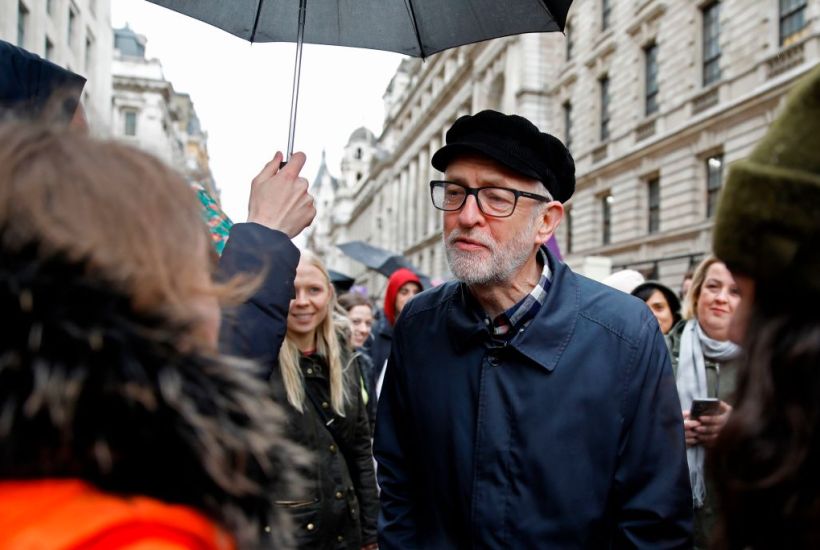
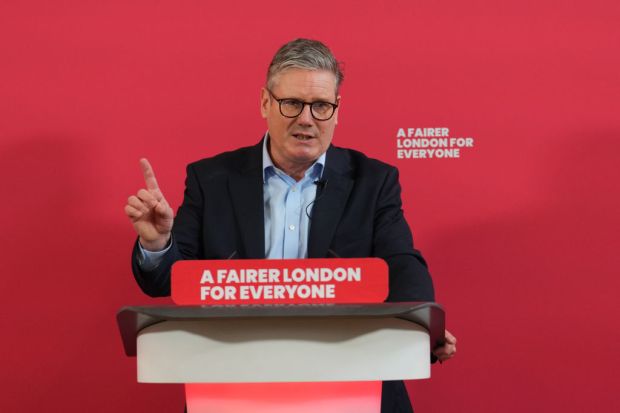

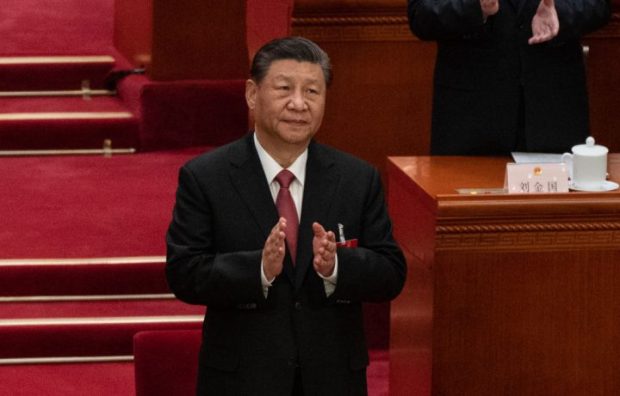
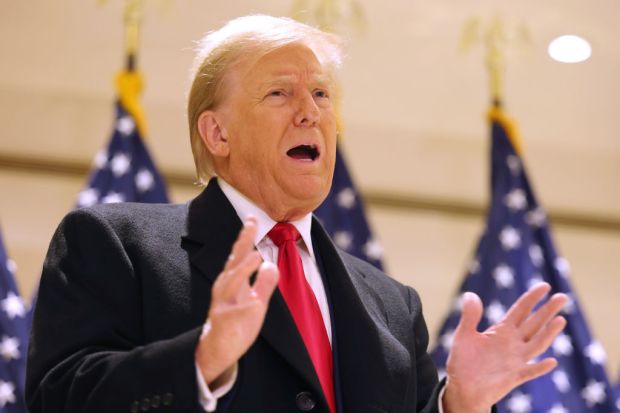
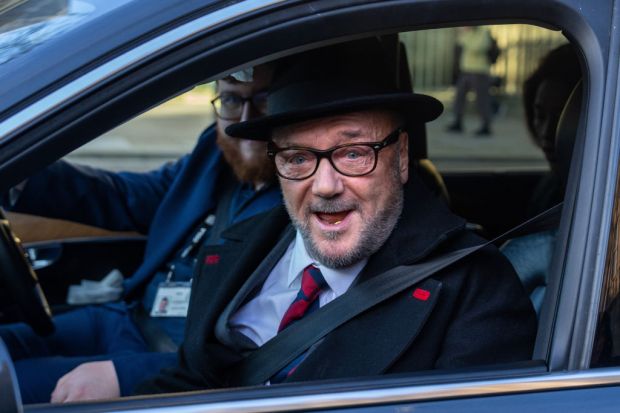













Comments
Don't miss out
Join the conversation with other Spectator Australia readers. Subscribe to leave a comment.
SUBSCRIBEAlready a subscriber? Log in